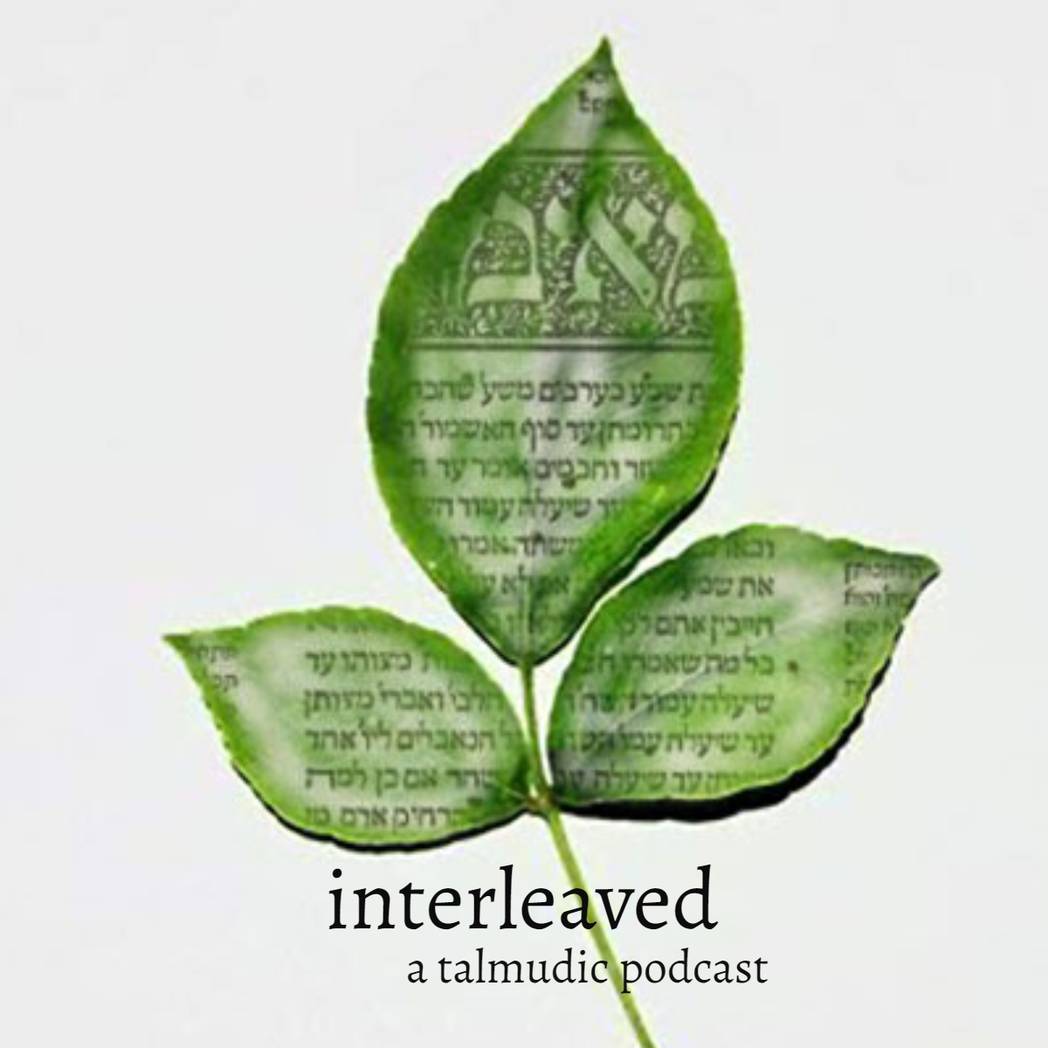
Husiatyn. A view of the 16th century fortress synagogue. 'A border city in eastern Galicia. The synagogue...stands on a hill and is the last building in town. The white houses in the distance are [over the border] in the USSR' (in Soviet Ukraine). [source]
The Architecture of Talmud, Mitchell Schwarzer
Journal of the Society of Architectural Historians (2001) 60 (4): 474–487
Judasim: The Evidence of the Mishnah, Jacob Neusner
University of Chicago Press, 1981

הַתּוֹרָה אוֹמֶרֶת אֲנִי הָיִיתִי כְּלִי אֻמְנוּתוֹ שֶׁל הַקָּדוֹשׁ בָּרוּךְ הוּא, בְּנֹהַג שֶׁבָּעוֹלָם מֶלֶךְ בָּשָׂר וָדָם בּוֹנֶה פָּלָטִין, אֵינוֹ בּוֹנֶה אוֹתָהּ מִדַּעַת עַצְמוֹ אֶלָּא מִדַּעַת אֻמָּן, וְהָאֻמָּן אֵינוֹ בּוֹנֶה אוֹתָהּ מִדַּעַת עַצְמוֹ אֶלָּא דִּפְתְּרָאוֹת וּפִנְקְסָאוֹת יֵשׁ לוֹ, לָדַעַת הֵיאךְ הוּא עוֹשֶׂה חֲדָרִים, הֵיאךְ הוּא עוֹשֶׂה פִּשְׁפְּשִׁין. כָּךְ הָיָה הַקָּדוֹשׁ בָּרוּךְ הוּא מַבִּיט בַּתּוֹרָה וּבוֹרֵא אֶת הָעוֹלָם, וְהַתּוֹרָה אָמְרָה בְּרֵאשִׁית בָּרָא אֱלֹהִים. וְאֵין רֵאשִׁית אֶלָּא תּוֹרָה, הֵיאַךְ מָה דְּאַתְּ אָמַר (משלי ח, כב): ה' קָנָנִי רֵאשִׁית דַּרְכּוֹ.
The Torah is saying, "I was the artisan's tool of Hashem." In the way of the world, a king of flesh and blood who builds a castle does not do so from his own knowledge, but rather from the knowledge of an architect, and the architect does not build it from his own knowledge, but rather he has scrolls and books in order to know how to make rooms and doorways. So too Hashem gazed into the Torah and created the world. Similarly the Torah says, "Through the reishis Hashem created [the heavens and the earth]," and reishis means Torah, as in "Hashem made me [the Torah] the beginning (reishis) of His way" (Mishlei 8:22).
מָבוֹי שֶׁהוּא גָּבוֹהַּ לְמַעְלָה
MISHNA: an alleyway at a height above

Excavations at the southern area of Çatal Hüyük
[source]

Model of Catal Höyük
[source]
אַמַּת מָבוֹי בְּאַמָּה בַּת חֲמִשָּׁה
The Gemara elaborates: The cubit of an alleyway is a cubit consisting of five handbreadths.

How the ancient city-state of Ur may have looked like around 2000 BC.
[source]
“De Hedificiis Communibus Murandis …” Notes on the Beginning of Building Regulations in Medieval Tuscany, Klaus Tragbar
Second International Congress on Construction History (2006)

Mosaic floor belonging to the synagogue in Hamat, Tiberias
[source]


[source]
מניין שהוצאה קרוייה מלאכה רבי שמואל בר נחמן בשם רבי יונתן שמע להן מן הדא (שמות לו) ויצו משה ויעבירו קול במחנה לאמר איש ואשה אל יעשו עוד מלאכה לתרומת קודש ויכלא העם מהביא. נמנעו העם מלהוציא מבתיהן וליתן לגיזברים.
From where is it [in Scripture that we may derive] that taking [an object] out is called labor? Rabbi Shemuel bar Nahman in the name of Rabbi Yonatan : "They got the implication from this [verse: Exod. 36:6]: 'And Moses gave commandment, and they caused it to be passed throughout the camp, saying: Let neither man nor woman make any more labor for the offering of the sanctuary. So the people stopped bringing.'-- the people abstained from taking [objects] out from their houses to give to the treasurers."



